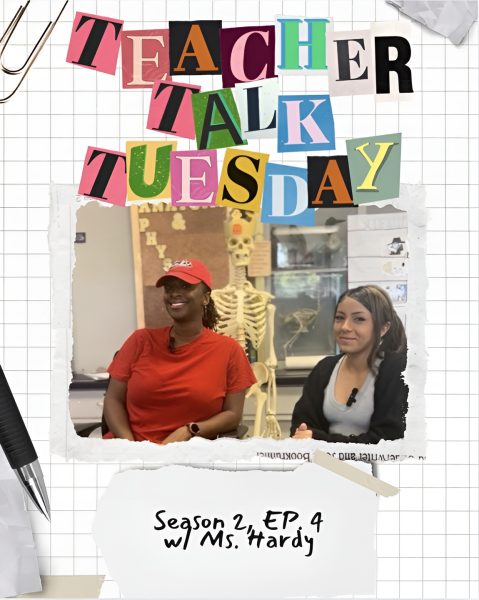First-person shooters migrating to real life
The sky is pitch black. I hear the thuds of tree trunks falling around me. I see blood and unknown body chunks dispersed in the distance. A foul smell hangs in the air, that of rotting flesh and burning bodies. I don’t know what lies in the next couple of steps… A grenade goes off. One, two, three. There goes another one. People are running frantically — trying to escape the wrath of war. My partner, he wasn’t so fortunate. All I can feel is the rise and fall of my chest as I am looking through my scope, searching for my target. I know he’s around here somewhere.
Intense, right?
When playing a first-person shooter game, the player feels this intensity. The player feels as if they’re inside the game, really shooting others and being shot at. Increasingly, this is what a lot of children and teens are spending their time doing.
Going out for a bike ride or playing ball is no longer sufficient entertainment.
According to CNN, “About 90 percent of U.S. kids ages 8 to 16 play video games, and they spend about 13 hours a week doing so (more if you’re a boy).”
In the past year, there has been numerous mass shootings. Hundreds of innocent lives lost. And the most common question Americans ask themselves is: why does this happen?
The entertainment companies send a barrage of commercials promoting violent video games and make it seem as if this is what everyone needs to be doing. The night before a video game is released, there are people camping outside of the store, eagerly waiting to get their copy of the game. Well, this doesn’t happen anymore. Now people even order them months before they’re released. And if that’s not enough, many people will trade all their old video games so they can afford to buy the new one.
These games have a strong influence in the characteristics children develop. In a recent study that Dr. L. Rowell Huesmann, director of the Research Center for Group Dynamics at the University of Michigan’s Institute for Social Research in Ann Arbor made, he discovered that there are two major ways in which violent video games affect a child.
First is imitation; children have a hard time distinguishing the game from reality, so they may feel that the world is a hostile place and that being aggressive and violent is an appropriate way to act.
Second, kids can become desensitized to violence.
They are around it for hours a day, and since it is “only a game” they grow accustomed to it. A person being blown to bits is no longer an image that makes them shudder.
“Once you’re emotionally numb to violence, it’s much easier to engage in violence,” Huesmann said.
And we can see the reality of this in our society. Even in the smallest of gestures. People aren’t the kindest when it comes to waiting in line at the store, walking down a crowded sidewalk, or driving in traffic-packed lanes. It’s a paradoxical thing that there is so much advertisement for violent video games, yet we abhor the thought of mass shootings.
It is time for people to realize the damage these violent video games are causing on our society.
It is time to accept that we cause much of the unwanted tragedies.
It is time to stop the violence.










